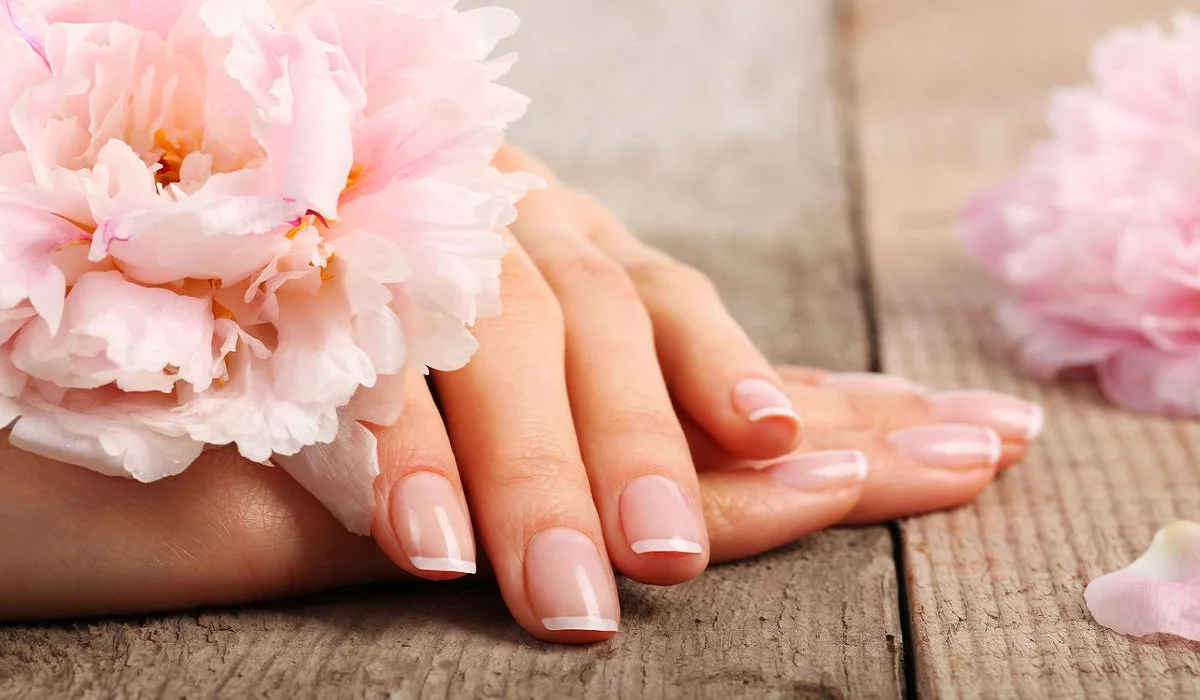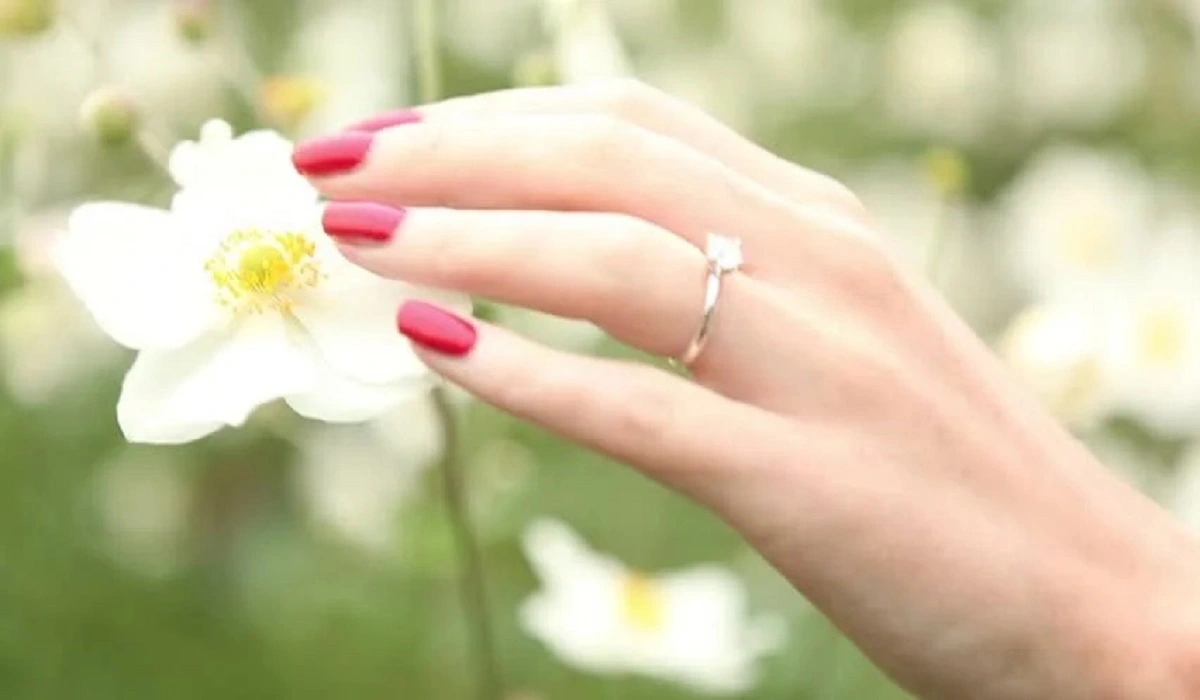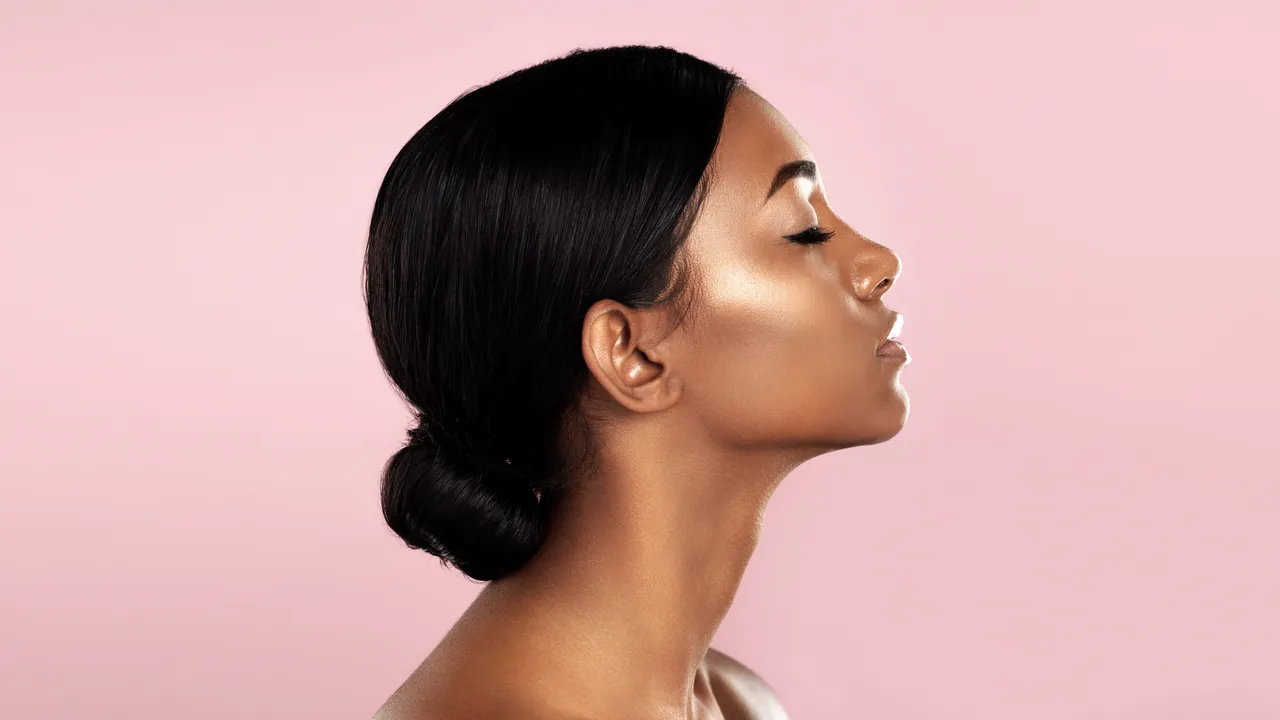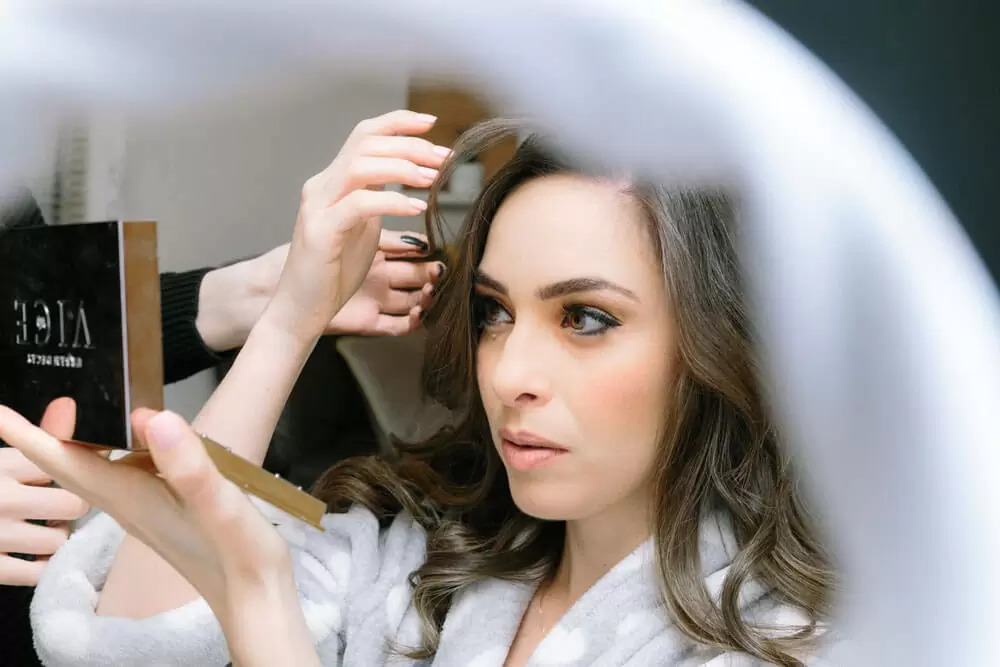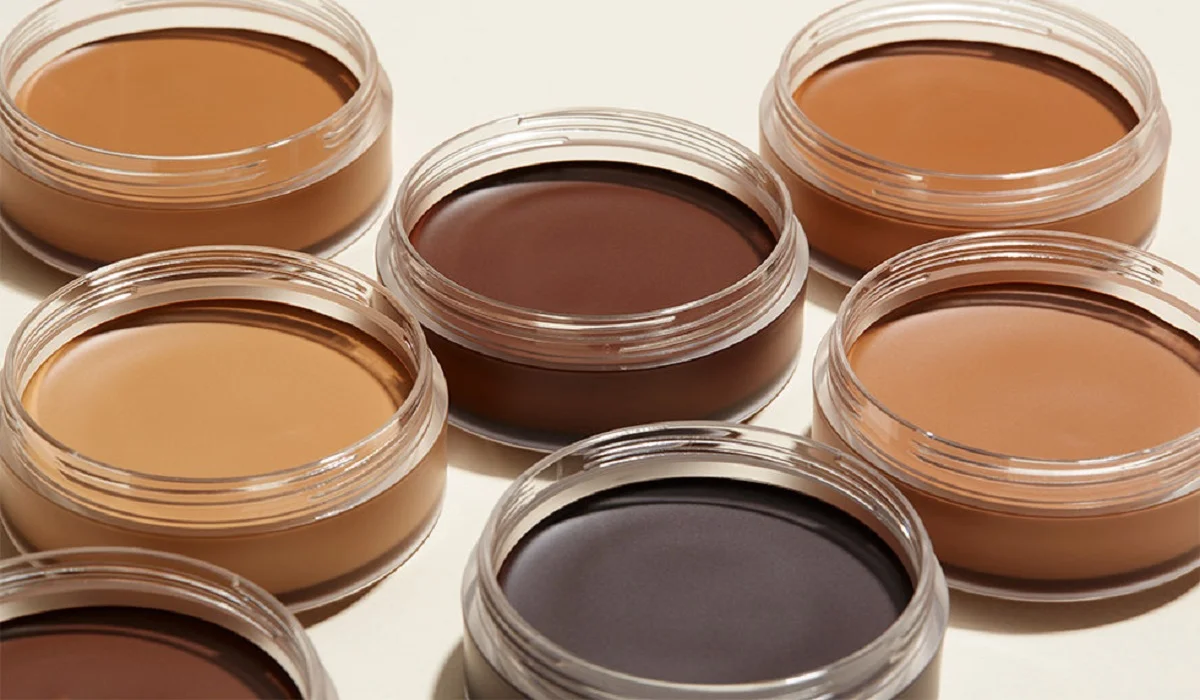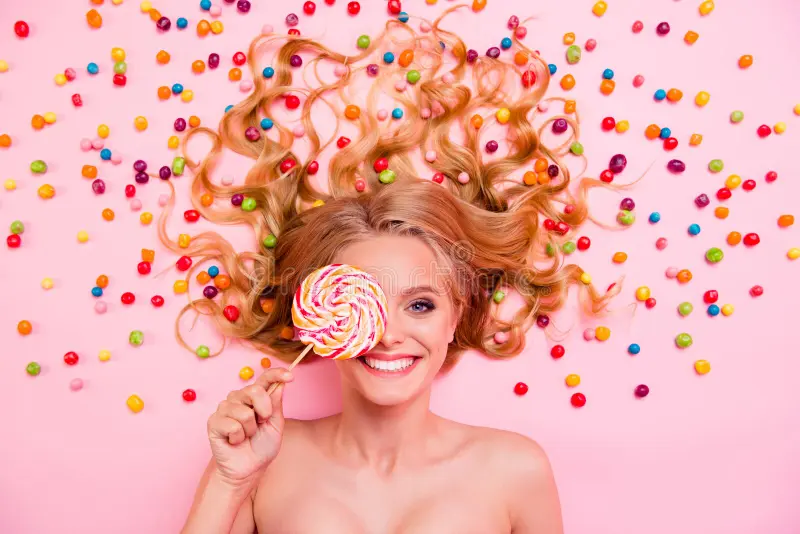The transition from a leisurely vacation back to the structured schedules of school or work marks a perfect opportunity for a personal makeover. As we embrace the new academic year or return to our routine jobs, updating our appearance can provide a fresh burst of energy and confidence. This season, why not consider revamping your hairstyle? Easy, trendy, and quick to style, the right hairstyle can significantly uplift your look and mood. In this comprehensive guide, we’ll explore a variety of simple yet stylish hairstyles suitable for short, medium, and long hair, ensuring you can easily craft a chic look from the comfort of your home.
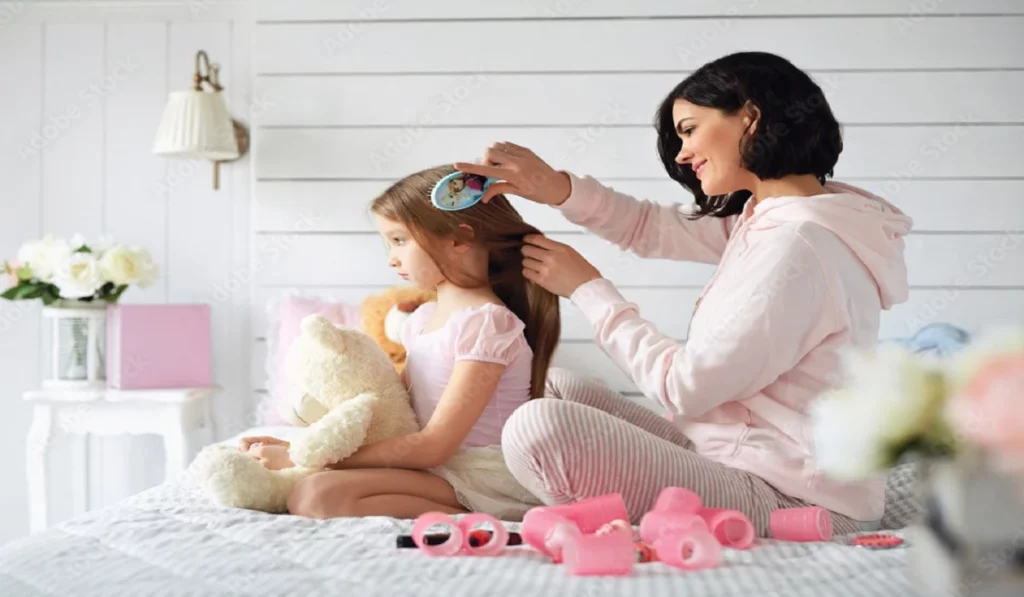
Trendy Hairstyles to Kickstart the Season
Transforming your look with a new hairstyle is a fantastic way to mark the beginning of a new season or academic year. Let’s delve into some effortless and fashionable hairstyles that can be achieved in minutes, making them perfect for busy mornings before school or work.
Simple Hairstyles for Short Hair Short hair offers a plethora of styling options that are both easy and quick to execute.
- Half-Up Hairstyles: Ideal for a cute and simple look. Gather the top section of your hair and secure it with a hairband, or create two buns for a playful twist.
- Halo Braid: A sophisticated style for those with slightly longer short hair. Mastering the French braid can give you a chic, ready-for-work look in no time.
- Enhanced Curls: Add definition to straight, short hair by creating curls overnight with curling rods, or opt for beach waves for a summer-inspired vibe.
- Accessorize: Elevate your hairstyle with hairbands or clips featuring bold patterns, colors, and sparkles to make your hair stand out.
Cute Hairstyles for Effortless Charm Cute hairstyles can be achieved quickly, ensuring you look stylish without spending too much time.
- Slicked-Back High Ponytail: Channel your inner Ariana Grande with this sleek and simple look, using a bit of serum for smoothness.
- French Plait: A classic hairstyle that’s both cute and easy. Oil your hair, split it into two sections, braid, and you’re ready to step out the door.
- Top Bun: A formal yet adorable option. Create a bun at the crown of your head and secure it with hairpins for a chic look.
Easy Hairstyles For Braids Braids are versatile and can be styled in minutes, offering a quick solution for a polished look.
- Side Braid: Simply brush your hair to one side, create a braid, and secure it to effortlessly enhance your appearance.
Simple Hairstyles for Long Hair Long hair provides a canvas for various hairstyles that are easy and quick to manage, perfect for school settings.
- Half Bun, Half-Down: This hairstyle adds definition and volume. Secure the top section into a bun and let the rest flow freely, optionally adding curls for more bounce.
- Ribbons and Bows: Tying your hair with ribbons and bows can add a playful and stylish element to your look.
- Flip and Style: For a simple and cool look, flip your hair over, apply some hair oil or serum, and style as desired.
Simple Hairstyles for Medium-Length Hair Medium-length hair is incredibly versatile, allowing for a range of styles from beach waves to sleek bobs, all of which are easy to style and maintain for school.
Simple and Stylish Twists
Twists are exactly as they sound—simple yet capable of adding either a fun or sophisticated flair to your look with minimal effort.
- The Casual Side Twist: Ideal for partially keeping hair away from the face.
- The Chic Rope Twist: A minimalist two-strand twist that’s effortlessly stylish.
Embrace Your Natural Beauty
Leveraging your natural hair texture not only simplifies your routine but also highlights your innate beauty.
- Enhanced Natural Curls: A touch of product can define your curls and minimize frizz.
- Effortless Waves: Achievable by braiding damp hair and allowing it to air dry.
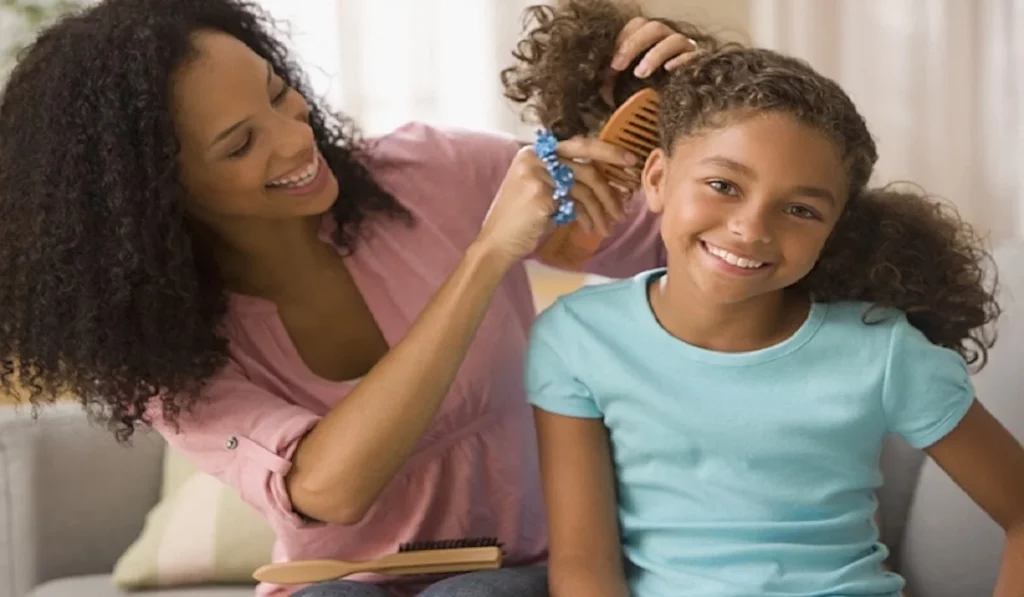
Elevate Your Look with Accessories
Even the simplest hairstyles can be elevated with the right accessories, adding a personal touch to your school look.
- Vibrant Headbands: Inject color and personality.
- Retro Scrunchies: Add a nostalgic charm while being hair-friendly.
- Sparkling Hair Clips: Keep stray hairs in place while adding a sparkle.
Streamlining Your Morning Hair Routine
For those mornings when every second counts, these tips can be lifesavers:
- Innovative Dry Shampoo Uses: Maintain the appearance of clean hair, no wash required.
- Pre-prepared Overnight Styles: Save precious morning time with hairstyles set the night before.
Styles for Every Hair Length
Regardless of whether your hair is short, medium, or long, this guide offers stylish and manageable options for every student.
Maintaining Luscious Locks
The secret to any great hairstyle is healthy hair. A consistent care routine and regular trims are essential to maintaining your hair’s vitality.
Visual Learning Aids
For those who prefer visual guidance, numerous online tutorials and resources are available to walk you through these hairstyles step-by-step.
Refreshing your look with a new hairstyle is an excellent way to start the new academic year or to return to your routine with renewed vigor. Whether you have short, medium, or long hair, there are countless simple and trendy hairstyles that can elevate your appearance with minimal effort. By incorporating these styles into your daily routine, you can ensure you look and feel your best, ready to tackle the challenges and opportunities of the new season.
Navigating the morning rush before school often involves the daunting task of choosing a hairstyle that is both quick to achieve and stylishly enduring for a day filled with activities. This comprehensive guide is dedicated to presenting an array of straightforward yet chic hairstyles, ranging from the evergreen classics to contemporary adaptations, suitable for the school environment.
How can I quickly style my short hair for school? Try half-up hairstyles, halo braids, or simply add curls or waves for a quick refresh.
What are some cute, easy hairstyles for school? Opt for a slicked-back high ponytail, French plait, or a top bun for a cute and manageable look.
Can I create easy braided hairstyles in minutes? Yes, side braids are a simple and quick option for an elegant look.
What simple hairstyles are recommended for long hair? Consider half bun, half-down styles, or accessorize with ribbons and bows for a playful touch.
Are there simple styling options for medium-length hair? Yes, from beach waves to a long bob, medium-length hair offers various easy-to-maintain styles suitable for school.



